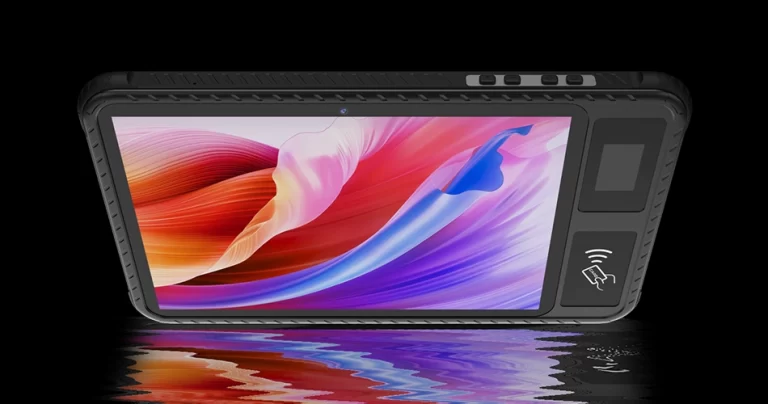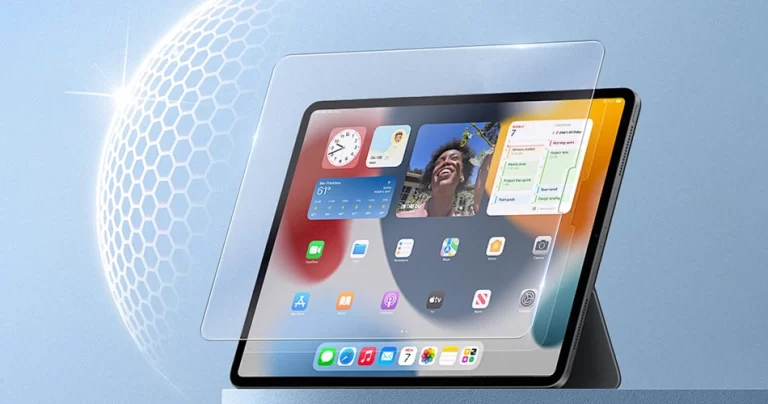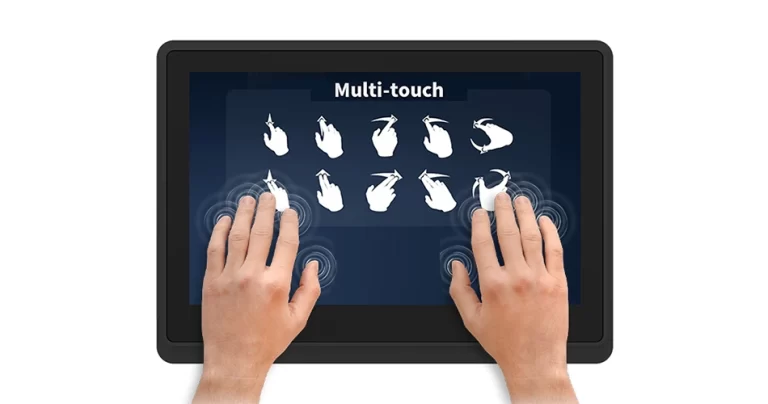The capacity touch panel is made of multiple layers of glass or insulator and is an input technology used in electronic devices. Operation and control are achieved through the capacitance sensing of the capacity touch panel. The capacity touch panel detects the change in capacitance by measuring the change in capacitance and detecting the touch position to realize user input operations. It is precisely because of its flexibility and convenience that the capacity touch panel has been favored and recognized by more and more users. Here is the working principle of the capacity touch panel and the difference between a capacity touch panel and a resistive touch screen.
How capacity touch panel works
The capacity touch panel conducts electricity through the human finger to complete touch and input. The capacity touch panel must be operated with a finger or a special capacitive pen when inputting. This is because the capacity touch panel is coated with a layer of material that can be charged. Changes in capacitance will sense the signal of the touched position to achieve operation. The multi-point control function of the capacity touch panel is completed by adding electrodes for mutual capacitance. Simply put, the screen is divided into blocks, and the interactive capacitance in each area works independently.
And do not interfere with each other in the multi-point format. The capacity touch panel can independently detect the current situation in each area, and after doing it separately, you can simply perform multi-touch on the capacity touch panel.
Capacity touch panel and resistive touch screen
Capacity touch panel is characterized by agility, precision, strong antistatic property, high insulation resistance and strong corrosion resistance. Touch points can be flexibly selected, which improves the response speed of the display while avoiding input errors. Capacity touch panel has an anti-scratch function, and can operate normally even if you are accidentally scratched during operation. Resistive touch screens and capacity touch panels are cheaper on screens and systems than resistive touch screens. Whether it is a four-wire resistive touch screen or a five-wire touch screen, they all have an isolated working environment from the outside world and are not afraid of dust and water vapor. However, the outer film of the resistive touch screen is very thin and easy to scratch, making the touch screen unusable. Damage to the multilayer structure can lead to loss of light.
Touch screen solutions
If you don’t know how to choose which type of touch screen component to start a project, you can consult the touch screen panel PC manufacturer, and we will recommend a cost-effective touch screen based on your environment and budget. If your device is designed for complex applications, Wintouch recommend using the capacity touch panel Use the capacity touch panel to make multi-point accusations no longer an issue.






